Featured Articles
Popular Articles
-
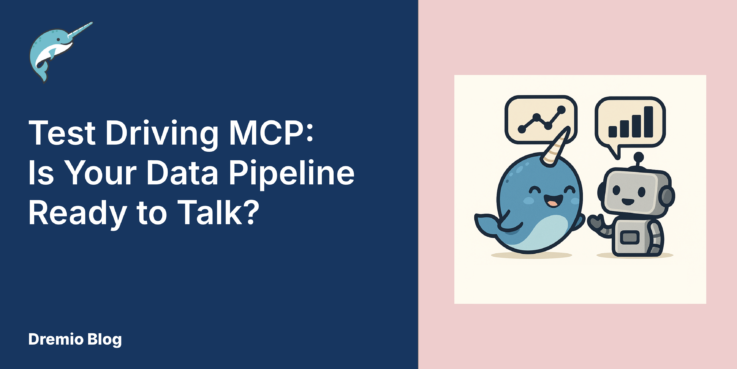
 Product Insights from the Dremio Blog
Product Insights from the Dremio BlogTest Driving MCP: Is Your Data Pipeline Ready to Talk?
-
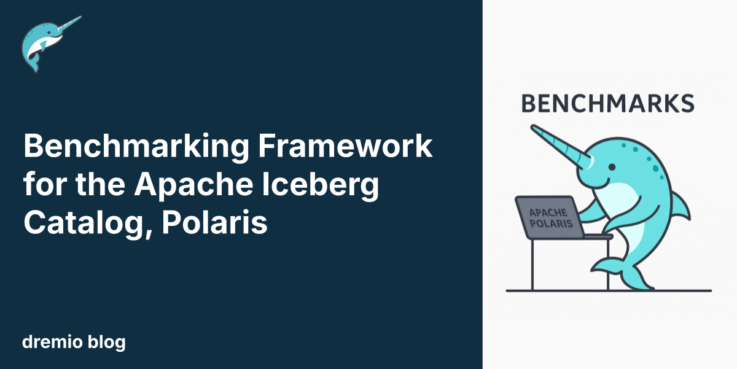
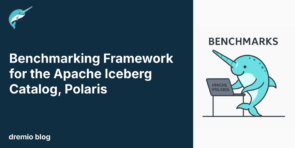 Dremio Blog: Open Data Insights
Dremio Blog: Open Data InsightsBenchmarking Framework for the Apache Iceberg Catalog, Polaris
-
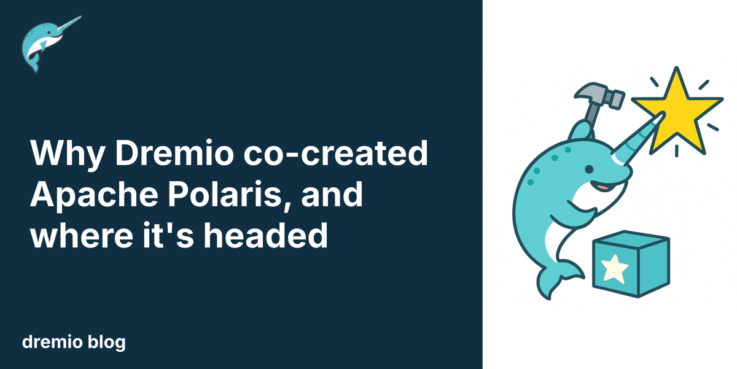
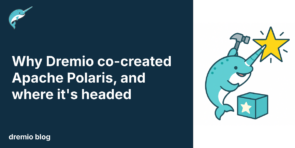 Dremio Blog: Open Data Insights
Dremio Blog: Open Data InsightsWhy Dremio co-created Apache Polaris, and where it’s headed
-
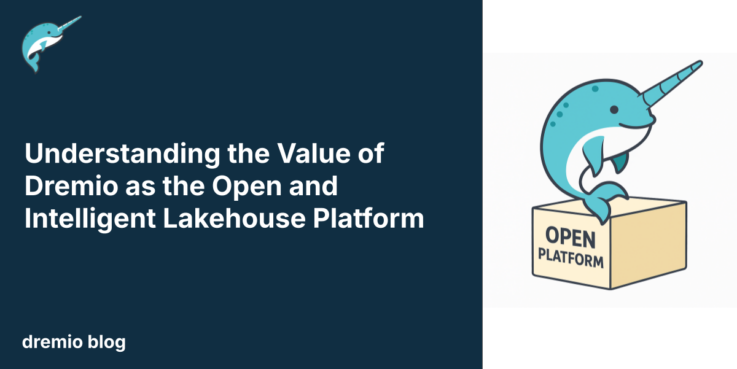
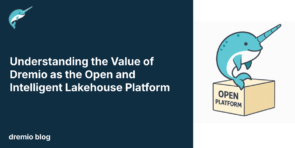 Dremio Blog: Open Data Insights
Dremio Blog: Open Data InsightsUnderstanding the Value of Dremio as the Open and Intelligent Lakehouse Platform
Browse All Blog Articles
-

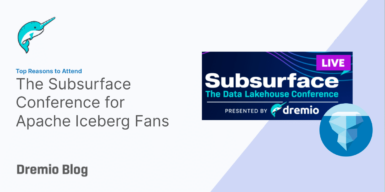 Dremio Blog: News Highlights
Dremio Blog: News HighlightsTop Reasons to Attend the Subsurface Conference for Apache Iceberg Fans
Subsurface provides an excellent opportunity to learn more about the Data Lakehouse space. Still, for fans of Apache Iceberg, there will be a lot of content to keep you learning and interested. Register for Subsurface today. -
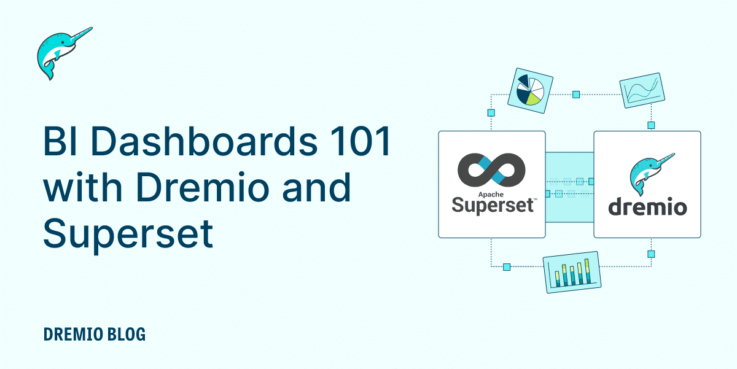
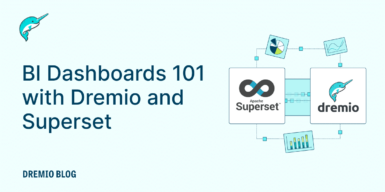 Dremio Blog: Open Data Insights
Dremio Blog: Open Data InsightsBI Dashboards 101 with Dremio and Superset
By enabling efficient, real-time analytics directly from data lakes, Dremio provides organizations with the tools they need to navigate the complexities of big data, derive actionable insights, and maintain a competitive edge in the digital age. -
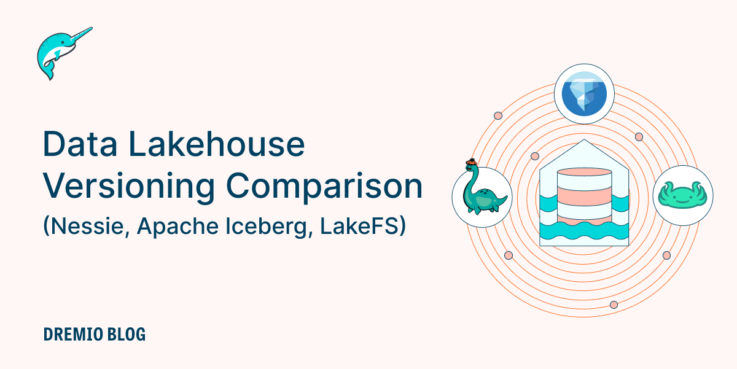
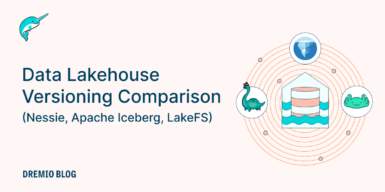 Dremio Blog: Open Data Insights
Dremio Blog: Open Data InsightsData Lakehouse Versioning Comparison: (Nessie, Apache Iceberg, LakeFS)
Choosing the right versioning solution involves considering your organization's specific data management needs, existing infrastructure, and the desired level of granularity for version control. Whether you prioritize the flexibility of file-level versioning with LakeFS, the seamless table-level versioning of Apache Iceberg, or the comprehensive catalog-level versioning offered by Nessie, each system presents a pathway to more efficient, reliable, and manageable data operations. -
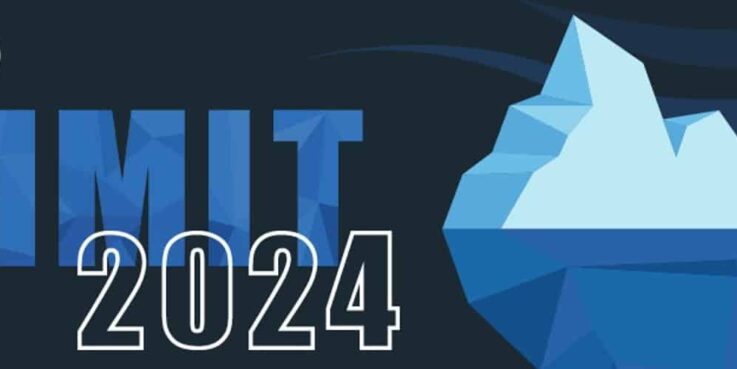
 Dremio Blog: Various Insights
Dremio Blog: Various InsightsAnnouncing the First Iceberg Summit
Tabular and Dremio have received approval from the Apache Iceberg Project Management Committee to organize the inaugural Iceberg Summit, a free-to-attend virtual event to be held May 14 - 15, 2024. Iceberg Summit is an Apache Software Foundation (ASF) sanctioned event. Those wishing to attend can register here. Your information will only be used for […] -
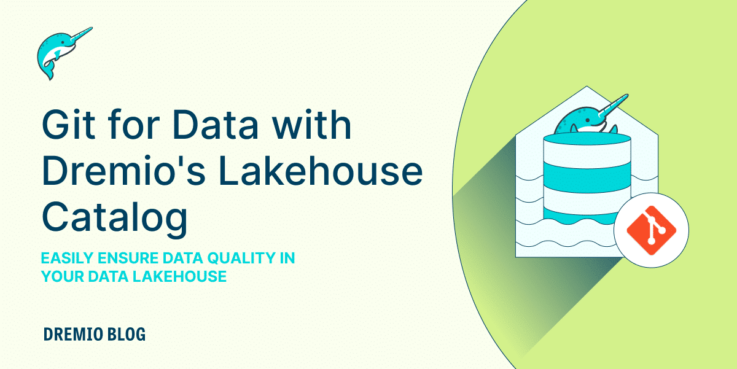
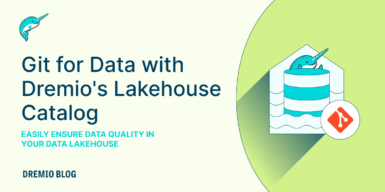 Product Insights from the Dremio Blog
Product Insights from the Dremio BlogGit for Data with Dremio’s Lakehouse Catalog: Easily Ensure Data Quality in Your Data Lakehouse
Learn how to take advantage of Dremio Arctic’s capability to help monitor data quality, recover from mistakes, and audit data. -
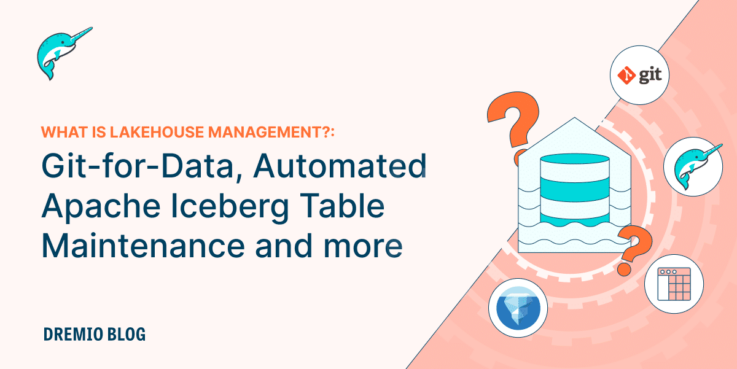
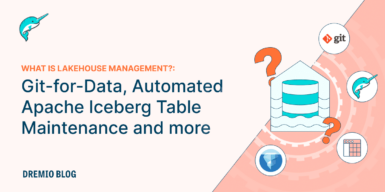 Product Insights from the Dremio Blog
Product Insights from the Dremio BlogWhat is Lakehouse Management?: Git-for-Data, Automated Apache Iceberg Table Maintenance and more
Dremio's approach to lakehouse management embodies a forward-thinking solution to the challenges of modern data architecture. By integrating Git-for-Data concepts, automating Apache Iceberg table maintenance, and providing an easy-to-use UI for monitoring data catalogs, Dremio not only simplifies data management but also empowers organizations to harness their data for strategic advantage. -
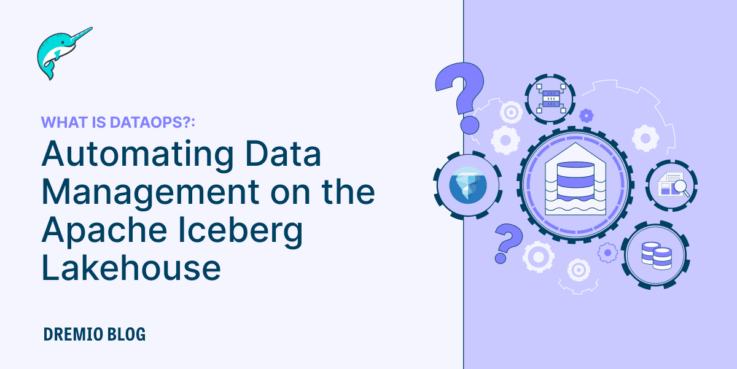
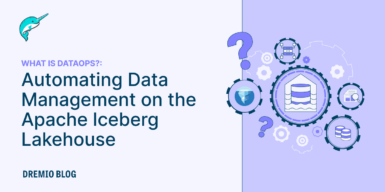 Dremio Blog: Open Data Insights
Dremio Blog: Open Data InsightsWhat is DataOps? Automating Data Management on the Apache Iceberg Lakehouse
DataOps represents a paradigm shift in managing and utilizing data across organizations. By adopting DataOps principles, companies can ensure their data lakehouse architecture is not just a repository of information but a dynamic, efficient engine for innovation and growth. -
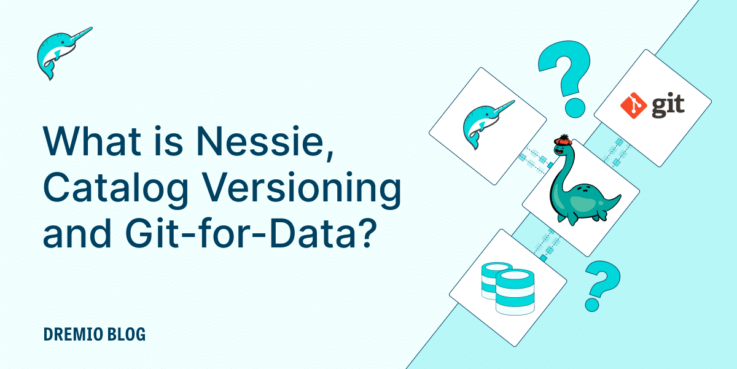
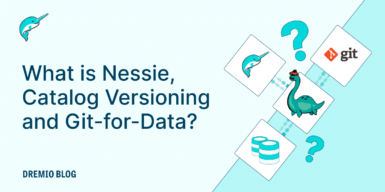 Dremio Blog: Open Data Insights
Dremio Blog: Open Data InsightsWhat is Nessie, Catalog Versioning and Git-for-Data?
Nessie's integration with platforms like Dremio demonstrates the significant value that version control brings to the data lakehouse architecture. Whether through the cloud-based ease of Dremio Cloud or the flexible, self-managed approach with Dremio software, Nessie is set to redefine how organizations manage, collaborate on, and deploy their data assets. -

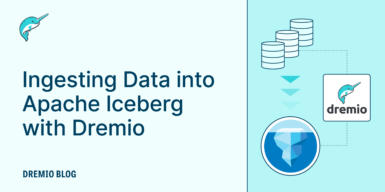 Product Insights from the Dremio Blog
Product Insights from the Dremio BlogIngesting Data Into Apache Iceberg Tables with Dremio: A Unified Path to Iceberg
By unifying data from diverse sources, simplifying data operations, and providing powerful tools for data management, Dremio stands out as a comprehensive solution for modern data needs. Whether you are a data engineer, business analyst, or data scientist, harnessing the combined power of Dremio and Apache Iceberg will undoubtedly be a valuable asset in your data management toolkit. -
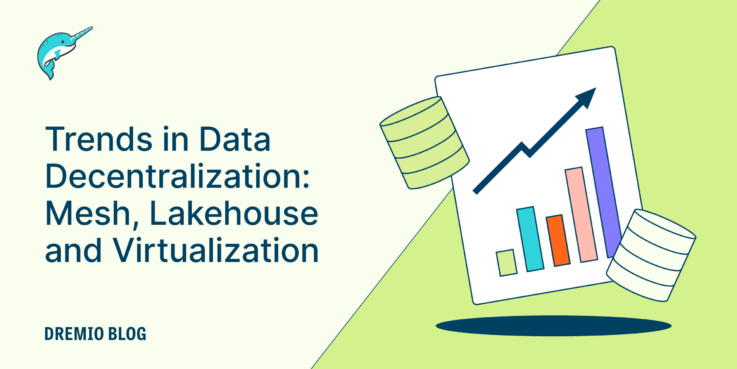
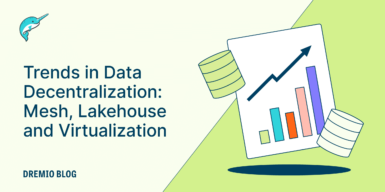 Dremio Blog: Open Data Insights
Dremio Blog: Open Data InsightsTrends in Data Decentralization: Mesh, Lakehouse, and Virtualization
Data lakehouse, data virtualization, and data mesh trends significantly shift how we approach data management, addressing today's growing scale, speed, and complexity. -
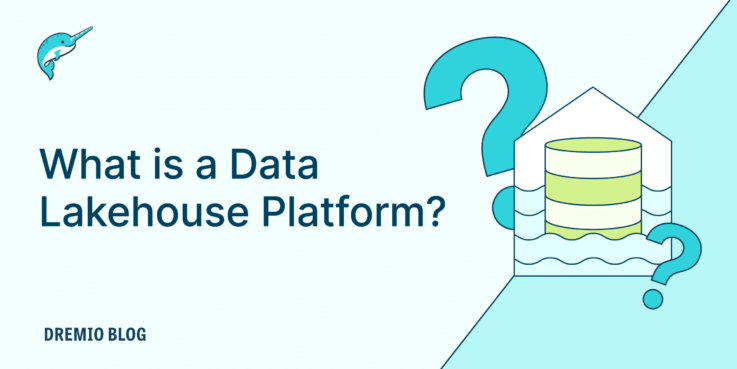
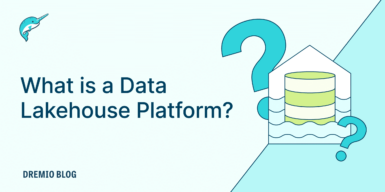 Dremio Blog: Open Data Insights
Dremio Blog: Open Data InsightsWhat Is a Data Lakehouse Platform?
Dremio also facilitates a gradual and flexible adoption process. Organizations can start small, using only the necessary components, and scale up as their requirements grow. This approach reduces the initial investment and complexity, making it easier for businesses to transition to a data lakehouse architecture at their own pace. -
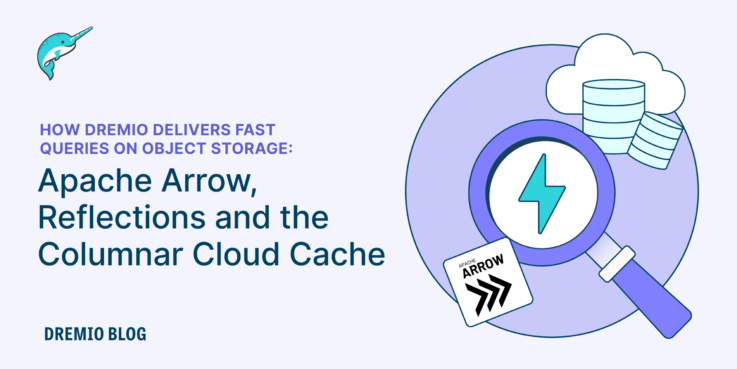
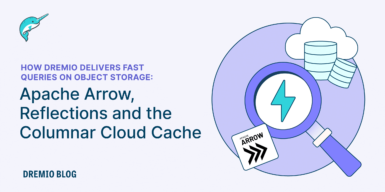 Product Insights from the Dremio Blog
Product Insights from the Dremio BlogHow Dremio delivers fast Queries on Object Storage: Apache Arrow, Reflections, and the Columnar Cloud Cache
Integrating technologies like Apache Arrow, reflections, and the Columnar Cloud Cache (C3) in Dremio's platform brings a new era in query performance on the data lake. The benefits of these technologies extend beyond just improved query performance; they contribute to a more cost-effective and efficient data management strategy. -
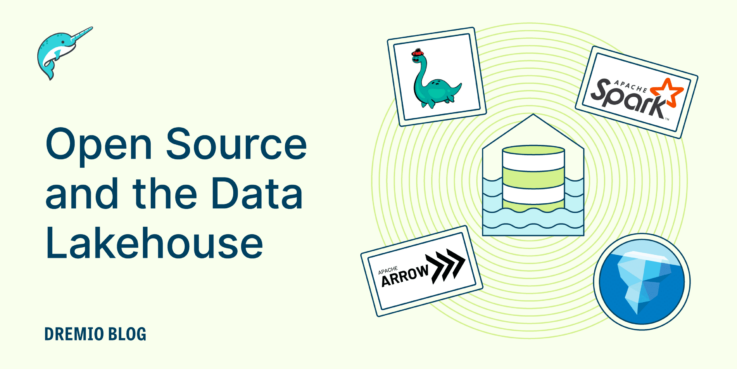
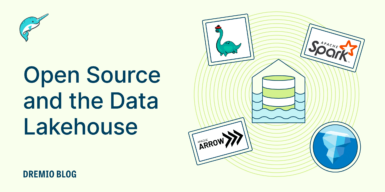 Dremio Blog: Open Data Insights
Dremio Blog: Open Data InsightsOpen Source and the Data Lakehouse: Apache Arrow, Apache Iceberg, Nessie and Dremio
The synergy of Apache Arrow, Apache Iceberg, and Nessie within Dremio simplifies complex data management tasks and democratizes access to data analytics, enabling a more data-driven approach in organizations. -

 Dremio Blog: Open Data Insights
Dremio Blog: Open Data InsightsWhy Lakehouse, Why Now?: What is a data lakehouse, and How to Get Started
The data lakehouse, as the latest milestone in this evolution, embodies the collective strengths of its predecessors while addressing their limitations. It represents a unified, efficient, and scalable approach to data storage and analysis, promising to unlock new possibilities in data analytics. -
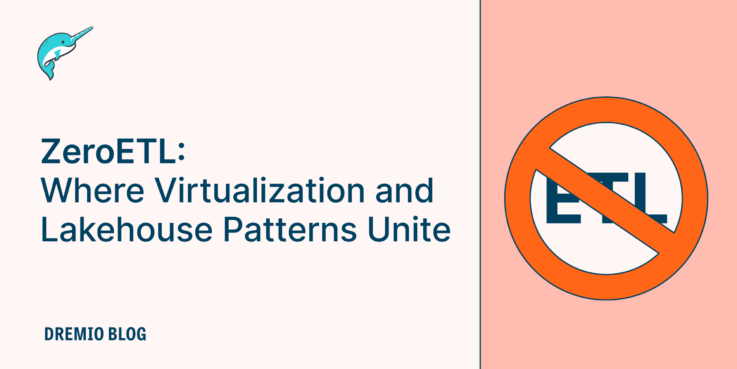
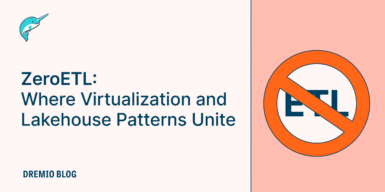 Dremio Blog: Open Data Insights
Dremio Blog: Open Data InsightsZeroETL: Where Virtualization and Lakehouse Patterns Unite
Dremio's Lakehouse platform represents a significant step forward in the evolution of data management. By leveraging data virtualization and lakehouse architecture, it offers a viable solution to the limitations of traditional ETL-based approaches. Organizations embracing Dremio can expect an improvement in their data management capabilities and a strategic advantage in the fast-paced world of data-driven decision-making.
- « Previous Page
- 1
- …
- 11
- 12
- 13
- 14
- 15
- …
- 31
- Next Page »
